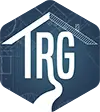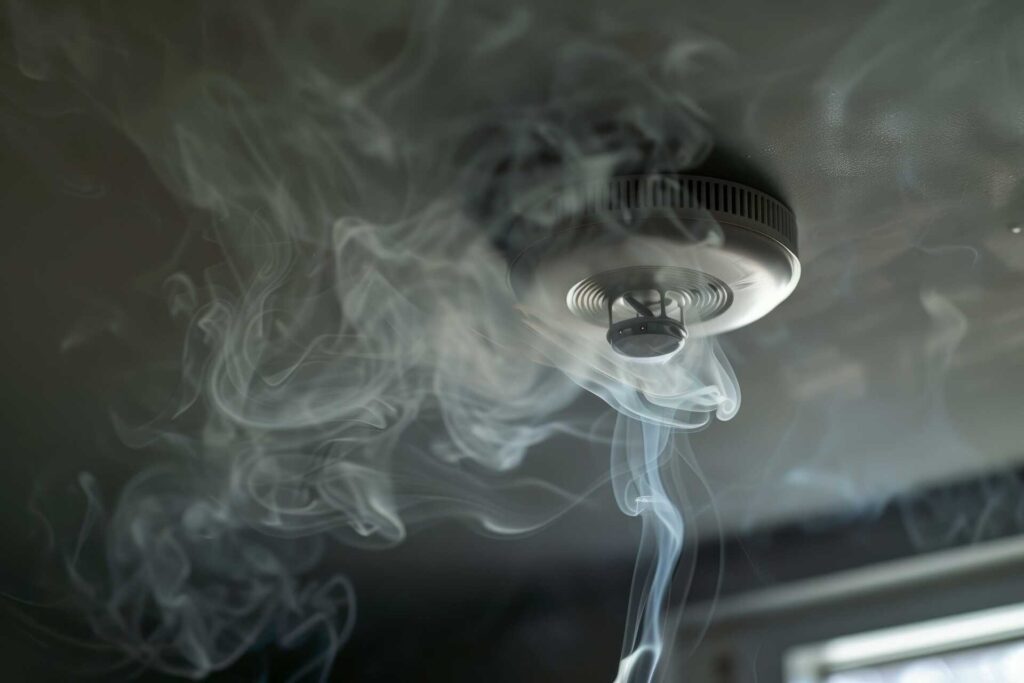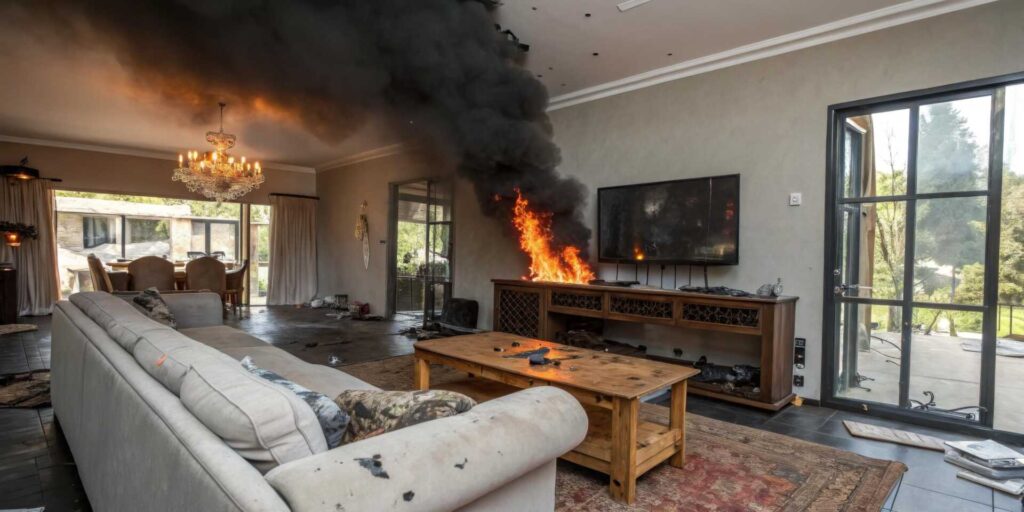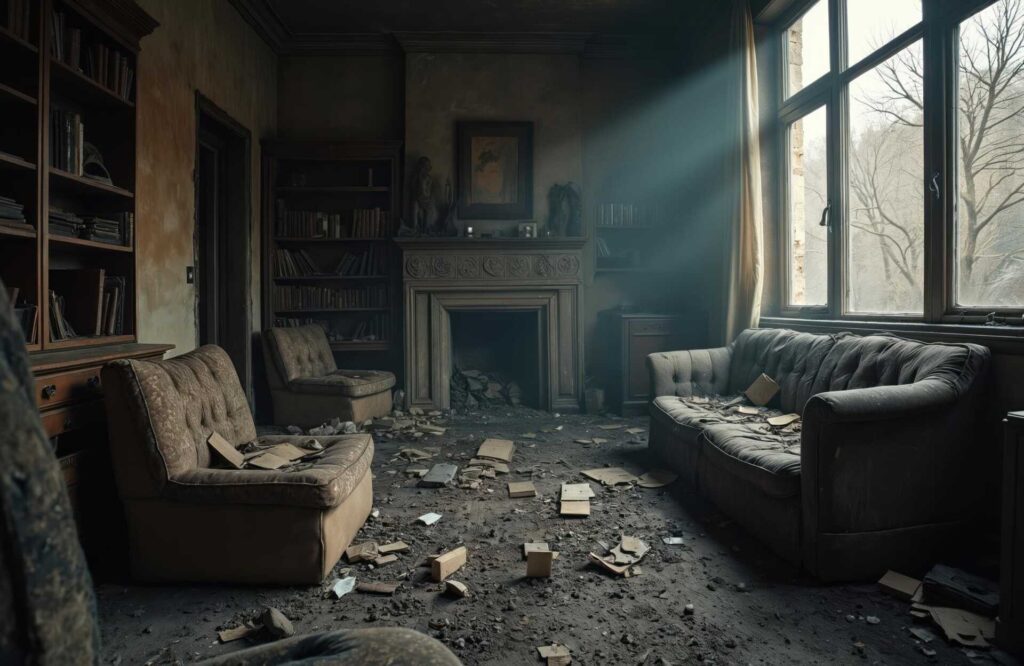
Contents
You might find it surprising that even a small kitchen fire can lead to significant smoke damage throughout your home. Knowing how to tackle this issue effectively can save you time and money. From evaluating the damage to ensuring your air quality is clean, there are essential steps to follow. But what’s the best way to start this restoration process? Let’s explore the top tips to help you reclaim your living space.
Key Takeaways
- Conduct a thorough damage assessment to identify visible smoke residue and evaluate air quality for lingering odors.
- Ensure safety by wearing protective gear and ventilating affected areas with open windows and fans.
- Clean surfaces with a damp cloth using mild detergent or vinegar to remove smoke residues effectively.
- Inspect and clean HVAC systems, including air filters and ductwork, to improve air quality and prevent pollutants.
- Consider hiring professional restoration services equipped with advanced tools for a comprehensive cleanup and restoration process.
Assess the Extent of Smoke Damage
When you face smoke damage, evaluating the extent of the problem is essential to effective restoration. Start by conducting a thorough damage assessment. Look for visible smoke residue on walls, ceilings, and furniture. It’s often darker and stickier than you might expect, clinging tightly to surfaces.
Check inside cabinets and closets, as smoke can infiltrate these spaces too.
Next, don’t forget to assess the air quality. You might notice lingering odors that indicate deeper issues. It’s important to document everything you find, as this will help you communicate with restoration professionals.
Sharing your findings creates a sense of community; you’re not alone in this process. Remember, the sooner you tackle smoke damage, the better your chances of restoring your home to its former glory.
Being proactive helps you reclaim your space and fosters a sense of belonging in your environment.
Prioritize Safety First
Before diving into smoke damage restoration, it’s crucial to prioritize safety. You need to ensure that everyone in your home is out of harm’s way.
Start by evaluating the area for any lingering hazards, like structural damage or toxic fumes. Follow emergency procedures and don’t hesitate to call professionals if the situation feels overwhelming.
Make sure to wear protective gear, including masks and gloves, to shield yourself from smoke particles. Be mindful of potential electrical hazards and don’t attempt to restore power until a qualified technician gives the green light.
It’s vital to communicate with your family about safety precautions, making certain everyone understands the plan.
Together, you can create a safe environment while tackling smoke damage. Remember, taking the time to prioritize safety protects you and fosters a sense of belonging as you work as a team to restore your home.
Ventilate the Affected Areas
How can you effectively remove lingering smoke odors from your home? One of the best ways is to enhance air circulation and create fresh airflow throughout the affected areas. Open windows and doors to let the outside air in, helping to push out those stubborn smells. Using fans can also help direct airflow, making a significant difference in odor removal.
Here’s a quick guide to boost ventilation:
| Action | Description | Timing |
|---|---|---|
| Open Windows | Allow fresh air to enter | Immediately |
| Use Fans | Circulate air effectively | Ongoing |
| Check Vents | Verify they’re clear | Daily |
| Install Air Purifiers | Filter out smoke particles | Continuous use |
| Use Dehumidifiers | Reduce moisture that traps odors | As needed |
Remove Salvageable Items
As you tackle smoke damage, it’s important to identify and remove salvageable items that can be restored. Start with an item assessment, carefully examining each belonging for damage. Look for signs of smoke residue, odor, and soot.
You’ll want to prioritize items that hold sentimental value, such as family photos or heirlooms, as these can often be restored using specific restoration techniques.
Once you’ve identified what can be saved, separate these items from those that are beyond repair. This step helps you focus on what’s important and reduces clutter in the affected area.
Remember, some materials, like wood and metal, may respond well to cleaning, while textiles might require more specialized treatment.
Clean and Deodorize Surfaces
Once you’ve removed salvageable items, it’s time to tackle the surfaces affected by smoke damage. Start with surface cleaning by wiping down walls, ceilings, and furniture using a damp cloth. This helps lift the soot and grime that’s settled on these areas.
Don’t forget to pay attention to corners and crevices where residue can hide. For effective odor removal, mix a solution of warm water and a mild detergent. You can also use vinegar for its natural deodorizing properties.
Scrub surfaces gently to ensure you’re breaking down any lingering smoke particles. After cleaning, let the surfaces dry completely—this will help prevent any lingering smells.
Open windows to allow fresh air to circulate, which can further aid in removing odors. With these steps, you’ll create a fresh, welcoming environment that feels like home again.
Use Professional Cleaning Products
While you can achieve a lot with homemade solutions, using professional cleaning products can considerably enhance your smoke damage restoration efforts. These products are specifically designed to tackle the stubborn residues and odors that linger after a fire.
By opting for commercial cleaning solutions, you’re ensuring a more thorough clean and protecting your home and loved ones from harmful chemicals often found in DIY mixes.
Many companies now offer eco-friendly options, making it easier than ever to choose products that are safe for both your family and the environment.
When you use these specialized solutions, you’ll notice a significant difference in your home’s air quality and overall cleanliness.
Plus, you’ll feel a sense of belonging to a community that values safe and effective restoration practices.
Trusting professional cleaning products means you’re taking a proactive step towards reclaiming your space and ensuring it’s a welcoming environment.
Address Hidden Smoke Residues
Even though you might think your space is clear of smoke damage, hidden residues can linger in unexpected places. To ensure your home feels truly welcoming, focus on hidden residue identification. Start by inspecting areas like behind furniture, inside cabinets, and under carpets, as these spots often trap residues that can cause lingering odors.
For effective smoke odor detection, consider using specialized odor-neutralizing agents, which can help break down those stubborn smells. Pay attention to soft furnishings and textiles; they can absorb smoke particles, creating an unpleasant environment.
Don’t forget about walls and ceilings, too. Gently wipe surfaces with a damp cloth to check for any hidden residues that mightn’t be visible at first glance.
Inspect HVAC Systems
When restoring your space after smoke damage, don’t overlook your HVAC system.
Check the air filters first, as they can trap smoke particles and odors.
Then, make sure to clean the ductwork thoroughly to prevent any lingering contaminants from circulating back into your home.
Check Air Filters
One essential step in smoke damage restoration is checking your air filters, especially if your HVAC system was running during the incident.
Smoke particles can easily clog your filters, which impacts your home’s air quality. By prioritizing filter maintenance, you ensure that cleaner air circulates throughout your living space, making it healthier for you and your loved ones.
Take a moment to inspect your filters for any soot or residue. If they’re dirty, replace them promptly.
This simple action improves air quality and helps your HVAC system run more efficiently. Remember, you’re restoring your home and creating a safe and welcoming environment for everyone.
Embrace this step as part of your journey to recovery and comfort.
Clean Ductwork Thoroughly
After checking your air filters, it’s important to turn your attention to the ductwork in your HVAC system. This often-overlooked area can harbor smoke residue and pollutants, negatively impacting your air quality.
Regular duct cleaning removes harmful particles and promotes a healthier environment for you and your loved ones.
Consider hiring professionals who can thoroughly inspect and clean your ducts, ensuring every nook and cranny is addressed. You’ll be amazed at the difference clean ductwork can make in your home.
Plus, it’s a great way to enhance the comfort and safety of your space. Remember, a clean HVAC system means fresher air and a happier home, so don’t skip this essential step in your restoration process!
Consider Professional Restoration Services
When it comes to smoke damage restoration, you might want to consider hiring professionals.
They’ve the expertise to handle the complexities of the job and use advanced equipment that ensures thorough cleanup.
Relying on their skills can save you time and prevent further damage to your property.
Expertise in Restoration
While tackling smoke damage on your own might seem feasible, enlisting professional restoration services can greatly enhance the effectiveness of the cleanup process.
These experts are well-versed in advanced restoration techniques specifically designed to handle smoke damage, ensuring your home is restored to its former glory. They conduct thorough damage assessments, identifying hidden issues that you might overlook.
By partnering with professionals, you’ll gain access to their knowledge and join a community that understands the importance of a safe and clean living environment.
It’s comforting to know that skilled teams are dedicated to helping you navigate this challenging time, providing support and reassurance every step of the way.
Advanced Equipment Usage
To effectively tackle smoke damage, utilizing advanced equipment is essential, especially if you’re considering professional restoration services. These experts employ cutting-edge tools and techniques to ensure your home returns to its pre-damage state. You’ll feel more at ease knowing that they use equipment like ozone generators and thermal foggers for thorough restoration.
| Equipment | Purpose |
|---|---|
| Ozone Generators | Neutralizes odors |
| Air Scrubbers | Removes particles |
| Thermal Foggers | Penetrates surfaces |
| Dehumidifiers | Reduces moisture |
| Smoke Detectors | Alerts to future risks |
Prevent Future Smoke Damage
Although smoke damage can be devastating, taking proactive steps can greatly reduce the risk of future incidents. One of the best preventative measures you can take is to install smoke barriers in key areas of your home. These barriers help contain smoke and limit its spread, protecting your living spaces and belongings.
Regularly inspect and maintain your heating appliances and chimneys to prevent any potential fires. Create a fire escape plan with your family and practice it, ensuring everyone knows what to do in case of an emergency.
Also, avoid smoking indoors and encourage guests to do the same. Lastly, invest in smoke detectors and change the batteries regularly.
Being part of a community that prioritizes safety can foster a sense of belonging, so share your knowledge about smoke prevention with neighbors. Together, you can create a safer environment for everyone.
Summary
In the aftermath of smoke damage, remember that every corner of your home deserves a fresh start, like a phoenix rising from the ashes. By following these restoration tips, you’re not just cleaning up—you’re reclaiming your space and peace of mind. Breathe in the promise of a brighter, healthier environment. Take charge and make your home a sanctuary again, where the echoes of the past fade away, leaving only the warmth of comfort and safety behind.





